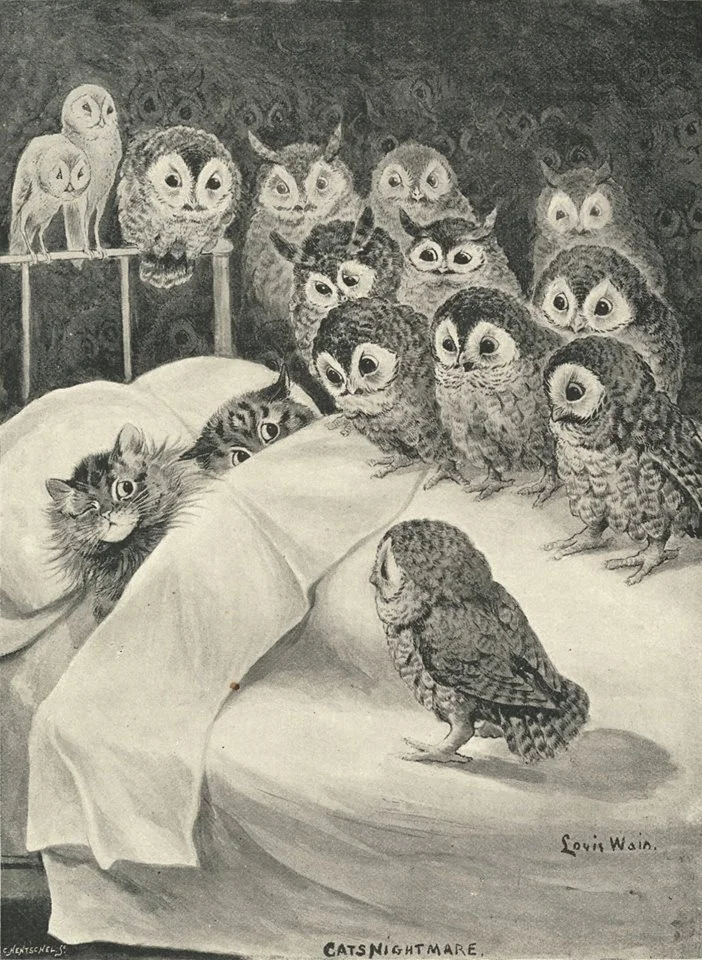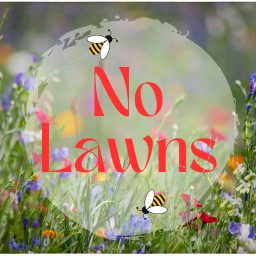- 31 Posts
- 31 Comments

 2·7 days ago
2·7 days agoCool beans 😉

 3·7 days ago
3·7 days agoI can help out with /c/food
Also in Baltimore, home of Vegan SoulFest!
Food is culture 💚 and the vegan food here feels like Baltimore. It’s awesome that other cities are doing the same.

 1·2 months ago
1·2 months agoMr. Trash Wheel is pretty cool:

 1·4 months ago
1·4 months agoThe local cottontail raised her litter in my yard and the family didn’t care for them, other than using them as a hangout spot. They did eat all the Virginia spiderwort and there’s a bunch of violet stems around with no leaves, but mostly they stick to the plantains (Plantago sp.) in the lawn.
I had no idea deer lived in the city until I started doing this. Sometimes I’ll catch one sleeping in my backyard which is a surreal sight. They munched the sunchokes, hazelnut, and chokeberry to the ground, but all are bouncing back.

 2·4 months ago
2·4 months agoMost of the flowers are divisions of plants, some volunteers and others I got as plugs in summer 2022. I decided to start small and expand over time. The coneflower was four plants last spring which I divided into 12, then into about 30 this spring. Rose milkweed and late boneset are just as prolific.
I have spread some seeds around and others have blown in. The groundcover in the second photo is all volunteer.
The mulch was leftover from a chipdrop. I used it to make the beds look “intentional” when everything was sparse and muddy back in February :) The plan is for everything to grow so dense that I won’t need to mulch it again.

 3·4 months ago
3·4 months agoAround here, it’s spotted lanternflies. The almost glee some have for squashing them is disheartening. I get why they do it, believe me, but I’ve encountered little to no zoomed out perspective that these little dudes didn’t choose to be here.
To really go off the deep end… the spotted lanternfly’s favorite tree, Ailanthus altissima, is just trying to do what its ancestors have done for millennia. Not saying these trees shouldn’t be removed, but they also didn’t choose to be here.
Of these things we speak venom and deem trash. Though, this attitude seems pervasive in how western culture treats the other in general.

 6·4 months ago
6·4 months agoThey don’t want most of the crap people plant trying to be Eco friendly anyways or so the landscape architect told me.
The research of entomologist, Dr. Doug Tallamy, and his team at the University of Delaware have identified 14% of native plants (the keystones) support 90% of butterfly and moth lepidoptera species. The research of horticulturist Jarrod Fowler has shown that 15% to 60% of North American native bee species are pollen specialists who only eat pollen from 40% of native plants.

 5·4 months ago
5·4 months agoDense plantings help keep it at bay. For flowers and grasses, cut in half the recommended plant spacing that you’ll find on gardening sites.
I have orange coneflower bordering a pocket prairie, planted one foot apart (center of plant to center of plant). Bermuda grass grows around the edge, but rarely enters it.

 5·4 months ago
5·4 months agoIt is done :)

 4·4 months ago
4·4 months agoI don’t mind teaming up if you’re still interested, it’d be nice to have some help.

 4·4 months ago
4·4 months agoNeat! No problem, thank y’all for all you do :)

 6·4 months ago
6·4 months agoI’d like to help with !nolawns@slrpnk.net

 3·4 months ago
3·4 months agoOh no! I didn’t know that, what a bummer :( My favorite one of his is about the boomers who didn’t rebel.

 3·4 months ago
3·4 months agoAwesome! I enjoyed how Berger weaved art and politics in a way that still resonates. There’s another version on the internet archive without the overlaid subtitles blocking the artwork.
Are you familiar with documentary filmmaker David Hoffman? He uploads footage from his archive on YouTube, stuff from the 1950’s onward.
Do you mean the fun stuff like soy curls and doing lines of nooch? Mimicking the gluttonous delights of Thee Burger Dude?

 8·5 months ago
8·5 months agoI grew up on concrete with streets peppered by exotic callery pear and feral pigeons. It wasn’t until a friend moved to a neighborhood with big yards (for the city, anyway) that I saw cardinals, bluejays, cottontails, foxes, and nights lit up by fireflies.
I live close to that neighborhood now and the streets here are lined with willow oak, black cherry, and sycamore. So many woodland creatures and cool bugs, some of which are recorded on iNat.
But go a mile south to a redlined neighborhood and the canopy is sparse to none. The streets are lined with empty tree wells, usually sloppily paved over. Some years ago, the police installed bright white spotlights and surveillance cameras. Absolutely brutal stuff.

 3·5 months ago
3·5 months agoPlaces like Maryland did away with that nonsense. It is possible if neighbors are willing to come together and fight for it.





The link in the post body has some tips on how to do so responsibly. Might be worth sharing with your neighbors!